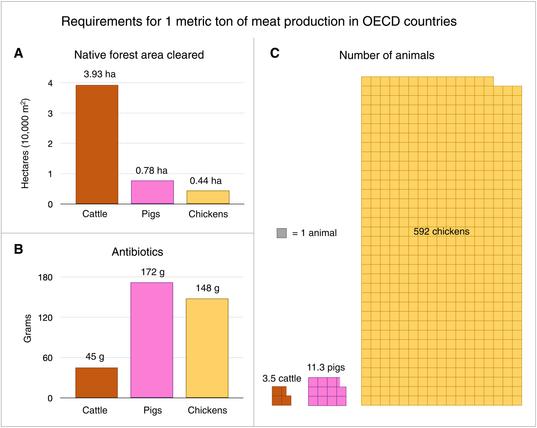"The Right’s ‘Natural’ Meat Obsession Is a Regressive Fantasy" by @sentientmedia
<💬>
Another component for Kennedy of what constitutes “natural” is taking on things like red food dye, seed oils and ultra-processed foods — while promoting tallow, raw milk and grass-fed beef.
</💬>
https://sentientmedia.org/mahas-natural-foods-obsession/
Vegans often are faced with fallacious arguments, and one of the most common is the Naturalistic fallacy.
https://en.wikipedia.org/wiki/Naturalistic_fallacy
However, this is often a bad faith disguise. The use of naturalistic fallacies in these contexts, such as the claim that consuming animals is "good" because it's natural, is a disguise for another more insidious fallacy: the traditionalist fallacy or "appeal to tradition".
https://simple.wikipedia.org/wiki/Appeal_to_tradition
The traditionalist fallacy is, in this context, the argument that "consuming animals is good because we've done it for thousands of years".
Traditionalism is heavily political, as the people are finding out again in places such as the US. It's sometimes known as "paleoconservatism", and it should be no surprise that the popularity of the "paleo diet" culturally connects to this.
Conservatives, ever since the rise of modernity (end of 'traditional' society, end of monarchism and feudalism) have been trying to reinvent the past through pseudointellectual and pseudoscientific efforts. This has been at the heart of incredible amounts of suffering and horror since then. I have some notes on that on my pinned thread: https://veganism.social/deck/@veganpizza69/110813538364525265
Bullshit & snake oil are not vegan.
#MAHA #meat #grassFed #animalIndustry #CAFO #intensivization #extensivization #sustainability #fascism #ecofascism #conservatism #traditionalism #paleoconservatism #paleo #paleodiet #traditions #tradwife #pseudoscience #scam #antivaccine #antivaxx #grifters #sustainability #snakeoil


